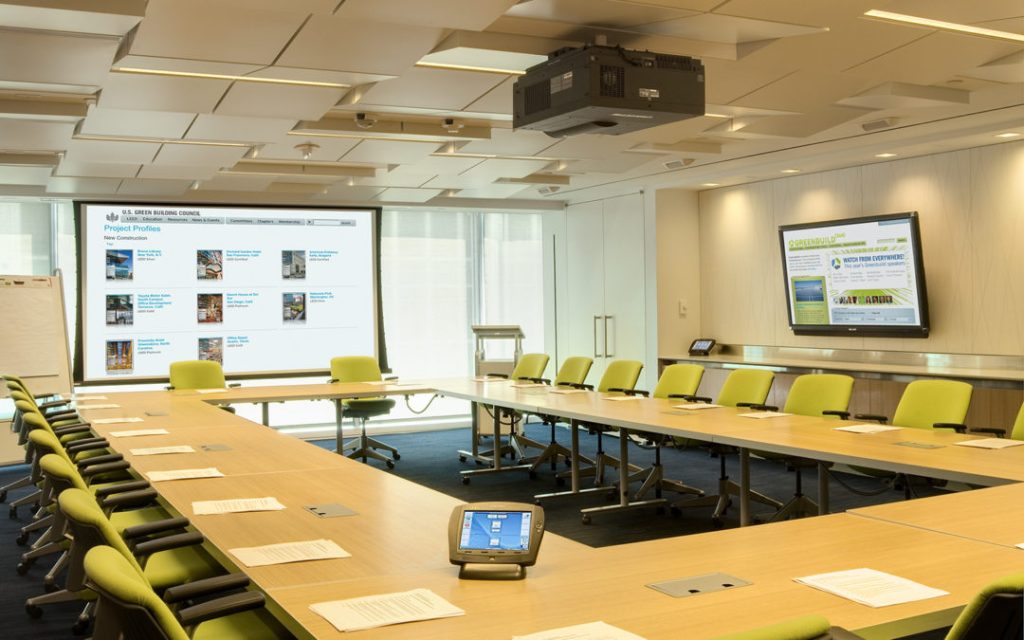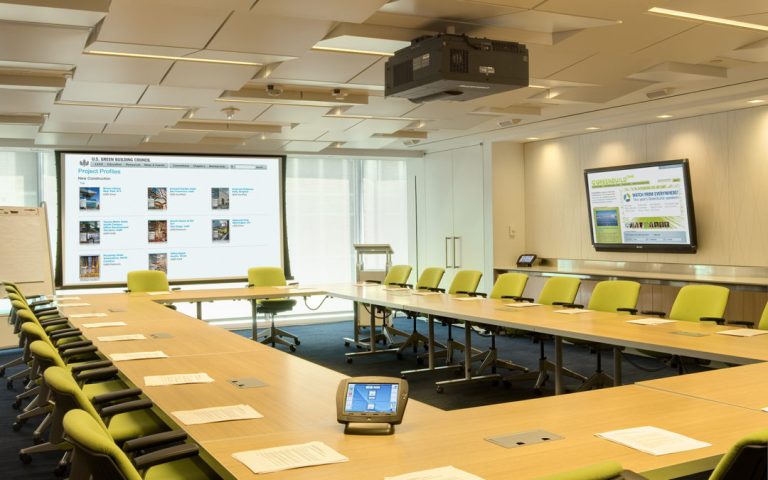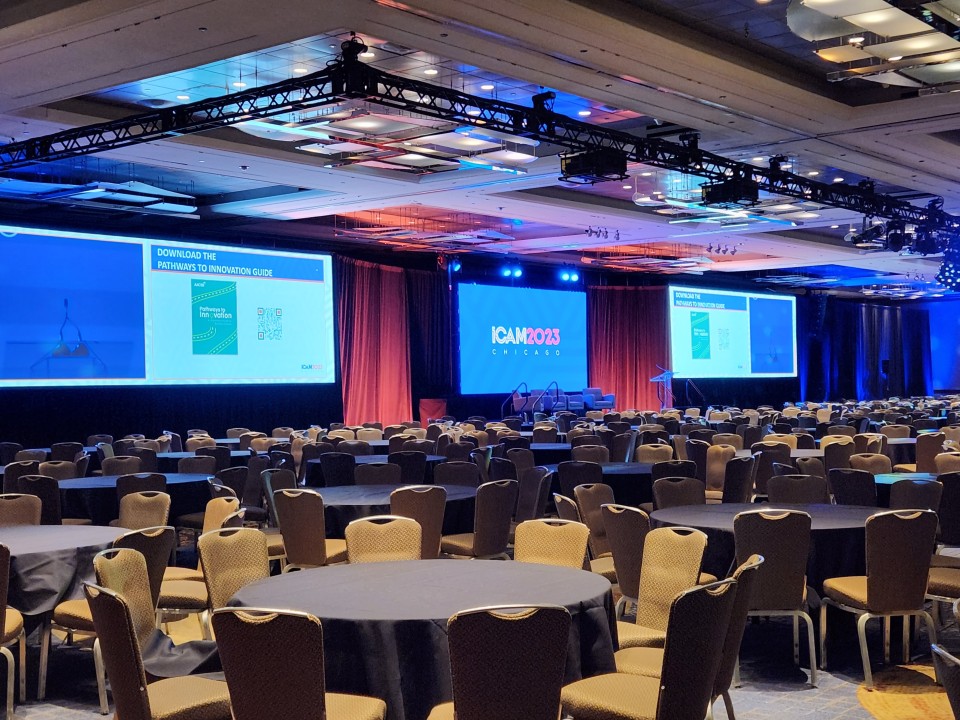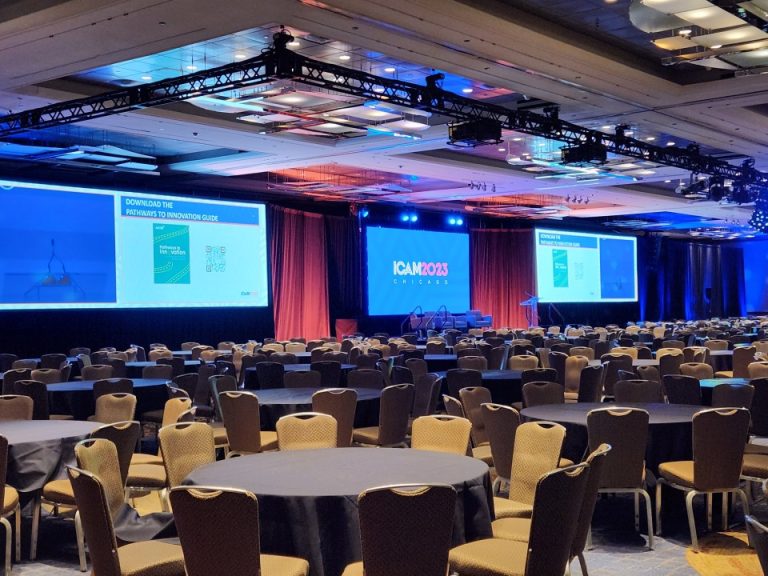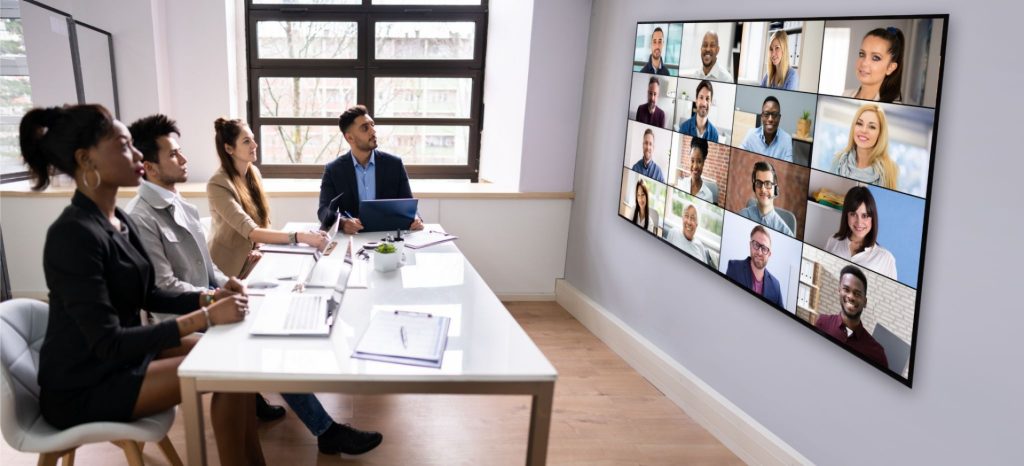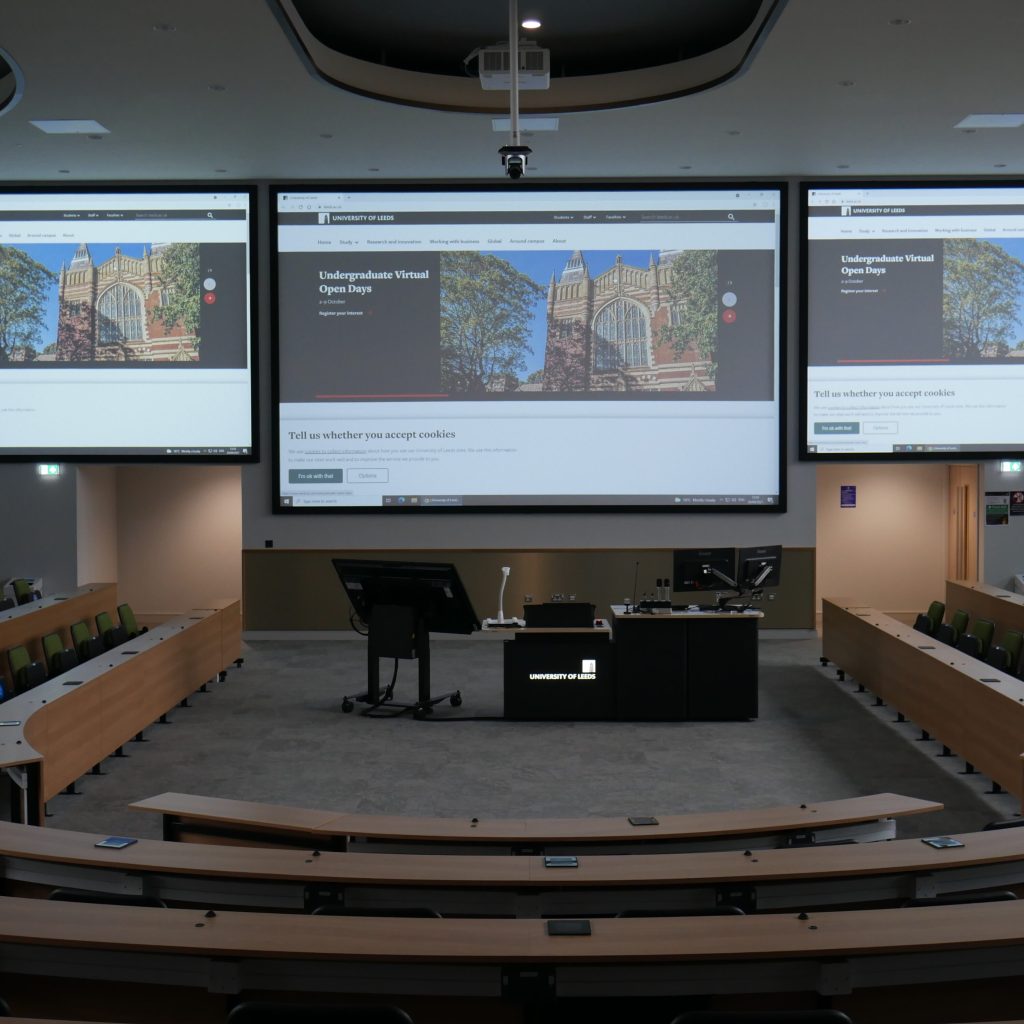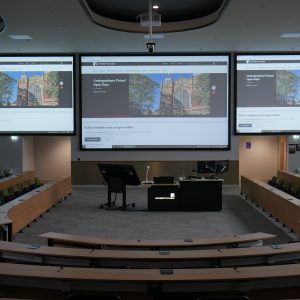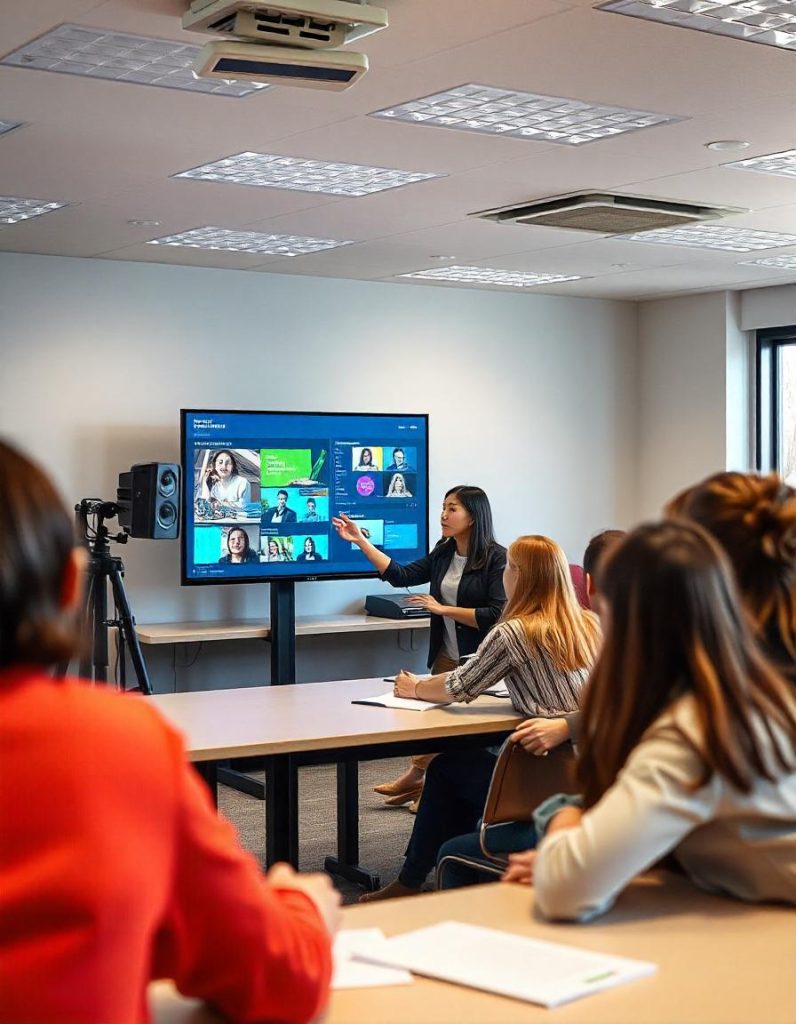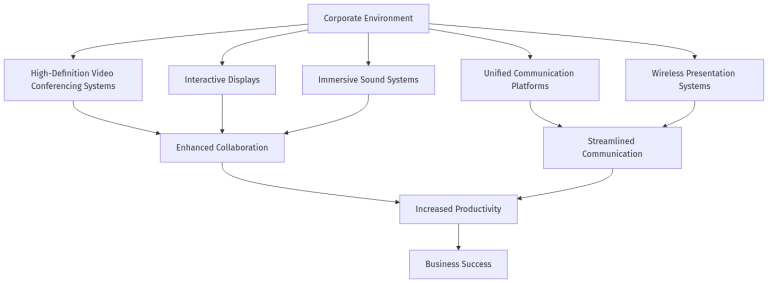Why Audio Visual Design Matters: Elevating Experiences Through Excellence

The Essence of Audio Visual Design
Audio visual design is the cornerstone of successful communication in modern environments. Whether in corporate boardrooms, educational institutions, or entertainment venues, well-crafted AV design fosters seamless interaction and engagement. This meticulous process integrates audio, visual, and interactive technologies to create cohesive, user-centered experiences.
Key Benefits of Audio Visual Design
- Enhanced User Engagement: Thoughtful AV design captivates audiences, ensuring messages are delivered effectively.
- Optimized Communication: Seamless integration of audio and visual elements ensures clarity and precision.
- Future-Proofing Spaces: Adaptable and scalable systems accommodate technological advancements.
Expanding on User Engagement
Well-designed AV systems do more than deliver content; they create immersive experiences that hold attention and inspire action. For example, incorporating dynamic video walls in corporate settings can transform mundane presentations into compelling visual narratives, leaving a lasting impression on stakeholders.
Additionally, retail environments leverage interactive AV setups like touch-enabled displays to encourage customers to explore products, thereby increasing engagement and sales conversions.
Designing with Purpose: Core Principles of AV Design
User-Centric Approach
A successful AV system prioritizes user needs. Intuitive interfaces, accessibility features, and ergonomic considerations ensure that systems are easy to use for all stakeholders. For instance, touch-panel controls that simplify meeting setups and on-screen prompts can significantly enhance usability, saving valuable time.
Moreover, incorporating voice-activated systems in smart homes or corporate environments empowers users to interact hands-free, catering to convenience and accessibility.
Seamless Integration
Integrating AV components into architectural and interior designs eliminates visual clutter while enhancing functionality. Systems should blend naturally into their environment without compromising performance. In museums, for instance, discreetly installed AV systems ensure that exhibits remain the focal point, while multimedia guides enrich visitor experiences.
In hospitality, AV design transforms lobbies with digital art displays, providing a visually appealing and memorable guest experience.
Scalability and Flexibility
Designing for future growth is essential. Scalable systems allow for expansion as needs evolve, while flexible configurations support diverse use cases, from video conferencing to immersive experiences. For example, modular AV setups in conference centers can adapt to host events ranging from small meetings to large-scale conventions.
Moreover, industries like education benefit from scalable AV setups that can grow from supporting single classrooms to institution-wide systems for online and in-person hybrid learning models.
Applications of Audio Visual Design
Corporate Environments
In corporate settings, AV design enables effective collaboration and productivity. From dynamic video conferencing systems to interactive digital signage, AV solutions foster efficient communication and engagement. Meeting rooms equipped with wireless presentation systems allow teams to share content effortlessly, facilitating real-time collaboration.
Open office environments benefit from sound masking systems, ensuring private conversations remain confidential while maintaining a productive atmosphere.
Educational Spaces
Classrooms and lecture halls benefit from AV designs that support interactive learning. Tools such as smart boards, projection systems, and sound reinforcement ensure information is conveyed effectively. For example, virtual classrooms with high-definition audio and video bridge the gap between in-person and remote learning.
Additionally, advanced learning tools like augmented reality (AR) and virtual reality (VR) systems allow students to explore subjects like history, science, or art through interactive and immersive experiences.
Entertainment and Events
From concerts to theater productions, AV design brings performances to life. High-quality sound systems, synchronized lighting, and immersive visuals elevate audience experiences. In sports arenas, large LED displays combined with surround sound systems enhance the excitement for fans, creating unforgettable moments.
In addition, theme parks use AV technologies such as 4D theaters and motion simulators to create unique and memorable guest experiences.
Healthcare and Telemedicine
In healthcare, AV systems facilitate telemedicine consultations, enabling doctors to interact with patients remotely. High-definition cameras, integrated medical imaging displays, and secure video conferencing platforms ensure effective communication and diagnosis, even from a distance.
Hospitals also integrate AV solutions for patient entertainment and education, improving comfort during hospital stays.
Retail Spaces
Retail spaces benefit greatly from AV design. Interactive kiosks, dynamic displays, and immersive soundscapes create a compelling shopping environment. For instance, flagship stores often use large-scale video walls to display promotional content and attract foot traffic.
The Components of Exceptional Audio Visual Design
Audio Systems
Crystal-clear audio is paramount. Key elements include:
- Speakers: Strategic placement ensures uniform sound distribution.
- Microphones: High-quality microphones capture voices and instruments with precision.
- Acoustic Treatments: Reducing echo and noise enhances audio clarity.
Enhanced Audio Strategies
Using beamforming microphone arrays in boardrooms ensures that all participants’ voices are heard clearly, even in large spaces. Meanwhile, immersive soundscapes in retail environments influence customer behavior, enhancing the shopping experience.
Additionally, implementing noise-cancellation systems in open workspaces boosts productivity by minimizing distractions.
Visual Systems
Visual elements amplify the impact of messages. Components include:
- Displays: High-definition screens and projectors deliver vibrant visuals.
- Lighting: Dynamic lighting systems enhance ambiance and focus attention.
- Cameras: For live events and video conferencing, cameras provide clear imagery.
Interactive Visuals
Interactive displays in classrooms and training centers foster engagement and collaboration. For example, touchscreen panels allow users to annotate content in real-time, enriching discussions and boosting retention.
In corporate settings, interactive dashboards in control rooms enable operators to monitor and respond to critical systems efficiently.
Control Systems
Centralized control systems simplify the operation of complex AV setups. Features include:
- Automation: Automated controls optimize lighting, sound, and display settings.
- Touch Panels: Intuitive interfaces provide seamless navigation of system functionalities.
The Future of Audio Visual Design
Emerging technologies are reshaping AV design. Innovations such as artificial intelligence, augmented reality, and IoT integration are paving the way for more personalized and interactive experiences. Designers must stay ahead of these trends to deliver cutting-edge solutions.
AI-Driven Enhancements
Artificial intelligence optimizes AV performance by:
- Automatically adjusting audio levels and lighting.
- Analyzing user behavior to improve system usability.
For example, AI-driven analytics can monitor attendee engagement during events, providing actionable insights for organizers.
Augmented and Virtual Reality
Immersive technologies transform how users interact with AV systems, providing richer and more engaging experiences. For instance, virtual reality training modules in corporate environments simulate real-world scenarios, equipping employees with practical skills.
IoT Integration
Internet of Things (IoT) devices enable seamless communication between AV components, enhancing automation and user convenience. Smart sensors that adjust room lighting and temperature based on occupancy improve both efficiency and comfort.
Moreover, IoT-enabled systems in smart cities use AV technologies for public safety and efficient resource management.
Conclusion: The Impact of Superior AV Design
Investing in exceptional audio visual design delivers transformative benefits, including improved communication, heightened user engagement, and enduring functionality. As technology continues to evolve, the importance of innovative, user-focused AV design cannot be overstated. By prioritizing thoughtful integration and scalability, organizations can create environments that inspire and connect.
Ready to Transform Your Space?
Partner with a professional AV design team to revolutionize your communication and interaction. Whether you’re enhancing corporate efficiency, creating immersive entertainment, or modernizing educational facilities, expert AV solutions are just a step away. Let us help you create environments that inspire and connect. Contact us today!
Frequently Asked Questions (FAQ)
What is audio visual design?
Audio visual design involves the integration of audio, visual, and interactive technologies to create user-friendly, cohesive systems that enhance communication and engagement in various environments.
Why is AV design important in corporate settings?
AV design improves collaboration and productivity by enabling seamless communication through tools like video conferencing systems, digital signage, and interactive displays.
How does scalability benefit AV systems?
Scalability ensures that AV systems can grow and adapt to changing needs, making them a long-term investment for organizations.
What role does AI play in modern AV design?
AI enhances AV design by automating adjustments, such as audio levels and lighting, and improving system usability through behavioral analysis.
Can AV design be customized for specific industries?
Yes, AV design is highly customizable and can be tailored to meet the unique requirements of industries such as education, entertainment, healthcare, and corporate environments.

